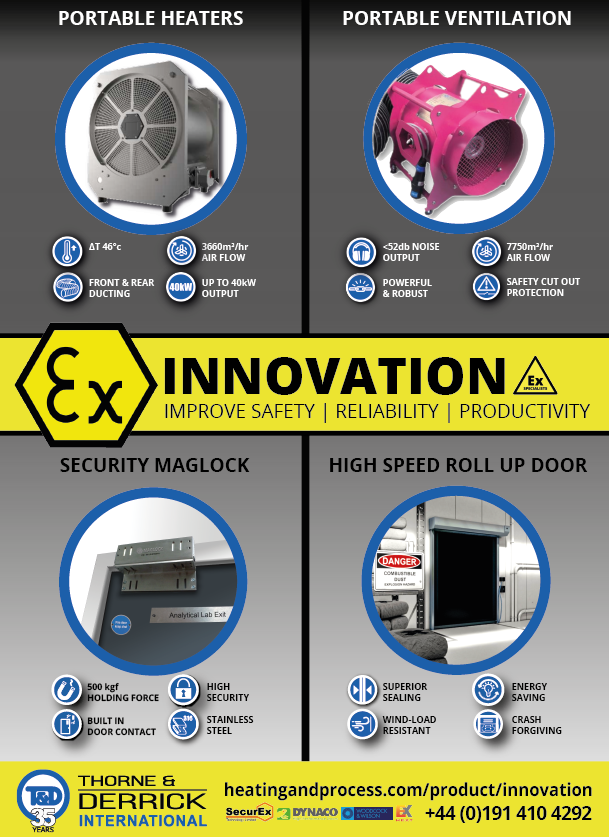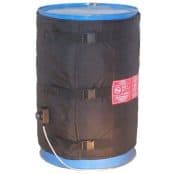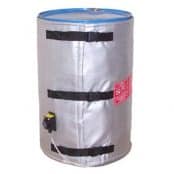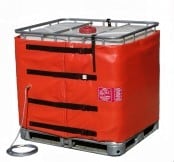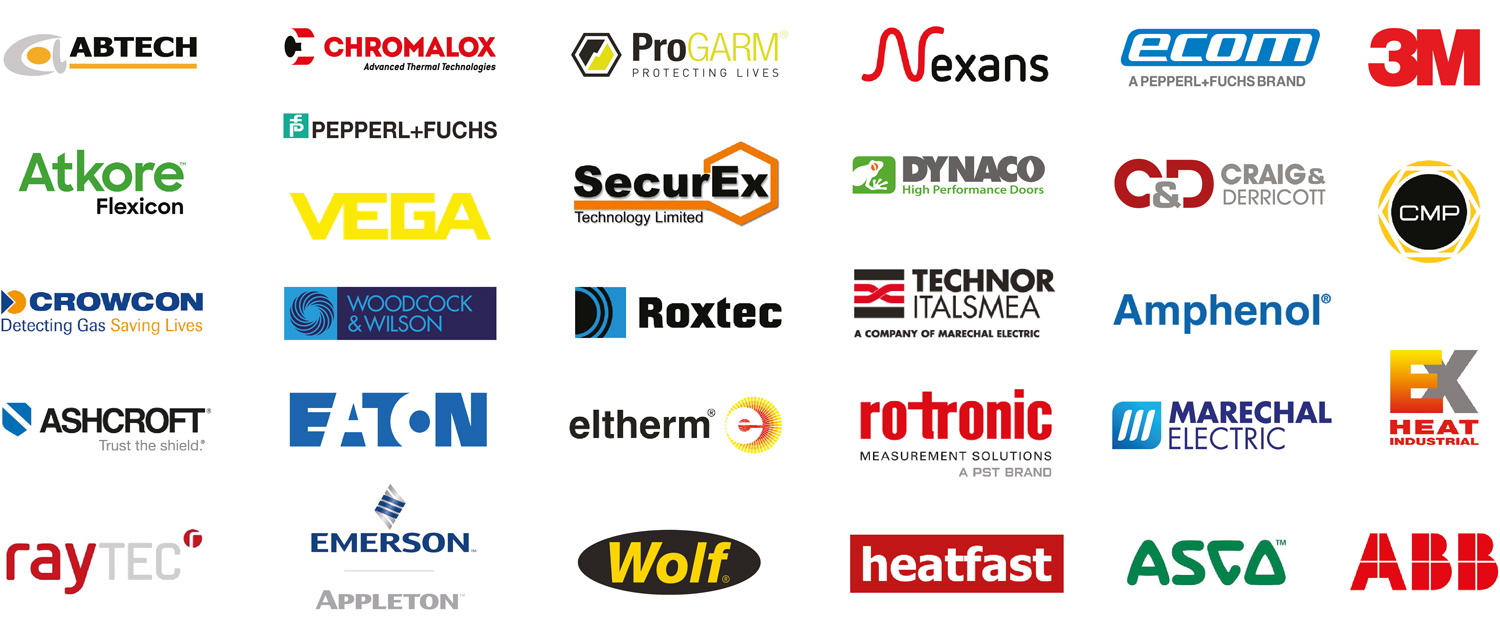Local Exhaust Ventilation (LEV) Procedure for Handling Solvents & Flammable Liquids by SIA
Published 27 Nov 2020
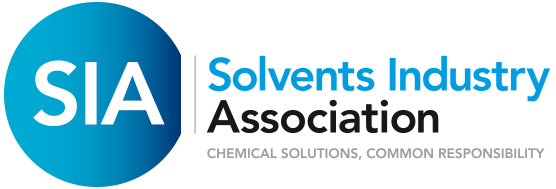
Local Exhaust Ventilation
Solvents Industry Association
-
Special thanks to Andrew Norman General Secretary at SIA for kind permission to republish this Guidance Note Article 1 of 5
Thorne & Derrick, the Experts in Equipment for Explosive Atmospheres, together with the Solvents Industry Association would like to present a series of Guidance Notes written by SIA supporting the UK solvents industry and consumers in the promotion of safe and responsible use of solvent materials.
In this first Guidance Note, SIA discuss the operating Local Exhaust Ventilation (LEV) procedure for handling solvents and flammable liquids.
➡ Join SIA today to be provided with the advice and guidance to comply with the latest legislation and best practice.

SIA Mission Statement
The Solvents Industry Association exists to promote the safe, sustainable and responsible use of chemical solvents and to ensure that the regulatory framework relevant to the manufacture, storage, distribution and their use is based on sound science and best practice.
1. Introduction
The Solvents Industry Association has issued this Guidance Note to outline some of the factors to be considered when selecting and operating Local Exhaust Ventilation (LEV) when handling solvents. This is not intended to be an alternative guide to the HSE Guidance HSG 258 (Controlling Airborne Contaminants at Work) and is written in order to provide some additional information on mechanical ventilation selection and use.
Many solvents are flammable or highly flammable and one of the hazards when handling solvents is the possibility of a fire or explosion due to the ignition of a flammable atmosphere initiated by the release of a spark. Selecting the appropriate vapour extraction system to reduce workplace emissions to below the LEL (Lower Explosion Level) should be carried out as part of a DSEAR Risk Assessment to identify zoned areas where an ignition source has the potential to ignite flammable vapours.
The DSEAR Regulations require accompany to install intrinsically safe ATEX equipment and electrical systems within its hazardous zoned  areas and this will include any ventilation systems installed to reduce vapours in the workplace.
areas and this will include any ventilation systems installed to reduce vapours in the workplace.
Zone 0. An area in which a flammable vapour or gas is present continually or for long periods;
Zone 1. An area in which a flammable vapour or gas is likely to be present in normal operation;
Zone 2. An area in which a flammable vapour or gas is unlikely to be present in normal operation, but if it does occur may be present only for a short period.
Consideration also needs to be given to flammable solvents extracted via the LEV system to ensure the exhaust point is treated as a zoned area and is at least 3 metres away from any possible ignition source. The height, positioning and direction of the exhaust stack requires careful consideration if it is close to site perimeters and other buildings.
Solvents can also be toxic and require mechanical controls to protect people at work. The Control of Substances Hazardous to Health Regulations 2002 (COSHH) (as amended) requires employers to: –
- Assess the degree of exposure and the risks to their employees, devise and implement adequate control measures, and check and maintain them
- Use these control measures in the way they are intended to be used and as they have been instructed
- Ensure that the equipment necessary for control is maintained ‘in an efficient state, in efficient working order, in good repair and in a clean condition’
- Ensure that thorough examination and testing of their ‘protective’ LEV is carried out at least every 14 months (unless otherwise stipulated), other engineering controls at ‘suitable intervals’ and must ‘review and revise’ ways of working so that controls are being used effectively. The frequency of examination and tests should be linked to the type of engineering control in use, the size of the risk if it failed or deteriorated and how likely it is to fail or deteriorate
- Ensure the person undertaking the thorough examination and testing receives full co-operation for the work to be correctly and fully carried out
- Rectify any defects as soon as possible or within a time laid down by the person carrying out the examination. Ensure that the person carrying out the thorough examination and test provides a record, which needs to be kept by the employer for at least five years
Solvent emissions are subject to controls under the UK’s Environmental Permitting Regulations which encompass the Integrated Pollution Prevention and Control rules covering certain industrial activities and processes with regards to the EU Industrial Emissions Directive.
This Guidance Note is not intended to include specific regulations covering solvent emissions to the environment that are managed in the UK by the Environment Agency, SEPA, Natural Resources Wales and the Northern Ireland Environment Agency, Information on processes subject to environmental regulation can be found on the relevant environmental agency websites detailed at the end of this Guidance Note.
2. Site Operational Requirements
Solvent vapours are generally heavier than air and will accumulate in low lying areas unless there is a good level of ventilation. It is therefore important to place the Local Exhaust Ventilation (LEV) in your workplace as close to the source of the emissions as practicable to ensure it carries away as much vapour as possible. Extraction equipment needs to be the right type with a specification to ensure it is fit for purpose and installed by a qualified competent person.
A commissioning report should be carried out after installation which requires:
- To have some form of indication to show it is working (correctly).
- Take into consideration the type of vapours being extracted. Heavier vapours may require increased suction.
- Training and refresher training should be provided on how to use the system as described within the user Manual
- That the LEV should be checked prior to use to ensure that it is working correctly.
- That it should undergo regular checks and maintenance as described within the User Manual. Records of checks prior to use and regular maintenance reports should be entered in the equipment’s logbook provided by the supplier.
- Legislation (COSHH) mandates that at least every 14 months, thorough testing is undertaken by a suitably competent person. The examination will identify any loss of performance against that recorded in the original commissioning. Testing may be required more frequently if the equipment is subject to excessive wear and tear.

Thorne & Derrick | UK Leading Stockist of Electrical Heating Solutions for IBC Containers, Chemical Drums, Process Pipework & Heated Transfer & Delivery Hoses
3. LEV – Daily Checklist
- Does the indicator show that the LEV is working effectively?
- Are there any signs the LEV is not working properly, such as odours or settled dust?
- Is the unit removing all vapours? Remember, some of these may be odourless and not easy to detect.
- Is the work being undertaken close enough to the LEV, so it can do its job effectively?
- If a flexible extractor arm is being used, is it close enough to the fugitive emissions to be effective(i.e.< 30cm)?*
- Do not stand between the LEV and the source of emissions
- Are there any unusual noises or vibration coming from the equipment?
- Has the LEV been thoroughly tested, display a ‘tested’ label or sticker that is within date?
- Have you told your supervisor about any defects you have observed?•Have you recorded in the log book that you have carried out a pre-use check?
*The distance between the source of the vapour emission and the LEV is entirely dependent upon the speed of fill, surface area and suction provided by the extraction equipment. It is preferable to have the LEV directly connected to the filling lance on automatic filling machines to ensure extraction is always close to the source of emissions.
This Guidance Note has been issued to specifically detail some of the factors to be considered when selecting and using LEV within an environment using solvents. Full guidance on LEV can be found in the HSE’s Approved Code of Practice HSG 258(Controlling airborne contaminants at work)which covers:
LEV and other ventilation as part of the measures needed to control exposure;
- The roles and legal responsibilities of suppliers, employers and service providers, such as those who install, commission, maintain, examine and test LEV;
- The levels of competence people need;
- Principles for design and/or supply of effective LEV, including matching the LEV to the process and the source; •Hood classification –enclosing, receiving and capturing;
- Installation and commissioning information;
- Having a user manual and a logbook with every LEV system;
- Information that the supplier should provide on checking and maintenance;
- A description of thorough examinations and tests, certification and labelling requirements.
4. References
Health & Safety Executive
HSG 258 -Controlling airborne contaminants at work –ISBN 978 0 7176 6613 6
http://www.hse.gov.uk/pUbns/priced/hsg258.pdf – (downloadable pdf version)
http://www.hse.gov.uk/coshh/index.htm
http://www.hse.gov.uk/lev
/http://www.hse.gov.uk/fireandexplosion/dsear-background.htm
Environment Agency
- The Solvents Emissions (England and Wales) Regulations 2004 http://www.legislation.gov.uk/uksi/2004/107/contents/made
- Environmental Permitting Regulations (European Community (EC) Directive 2008/1/EC on Integrated Pollution Prevention and Control) https://www.gov.uk/government/publications/environmental-permitting-guidance-integrated-pollution-prevention-and-control-ippc-directive-part-a-1-installations-and-part-a-1-mobile-plant
About SIA

Solvents Industry Association
Established in 1973, the Solvents Industry Association (SIA) has sought to support the UK solvents industry and consumers in the promotion of the safe and responsible use of solvent materials.
With our membership comprising of solvent manufacturers, distributors, hauliers, packaging manufacturers and other solvent-related industries, our products touch the lives of millions of people every day, from the food we eat to the clothes we wear.
The SIA exists to promote the UK solvents industry, and endeavours to ensure that the UK regulatory framework relevant to the manufacture, storage, distribution and use of solvents is based on sound science and best practice.
SIA members are committed to the principles of Responsible Care® and each is able to establish close ties with the European Solvents Industry Group (ESIG) through membership of the Association.
Through our solvent-specific focussed activities, each SIA member is provided with the advice and guidance to comply with the latest legislation and best practice. All of our members are encouraged to share this knowledge with all parties coming into contact with their solvent products.
Close co-operation is maintained with UK legislative bodies such as HSE, Environment Agency, HMRC and others, resulting in the production of high quality, relevant guidance which is available to all those using solvents and solvent-based materials.
Become a Member of the SIA
If you are interested in becoming a member of the SIA, contact Andrew Norman, SIA General Secretary for an informal discussion on how we might be able to assist you.
Tel. +44 (0)7758 118675

Thorne & Derrick are leaders in ATEX & IECEx Product Innovation providing Lighting, Heating, Ventilation and Security in Explosive Atmospheres.
Talk to us today about how we can improve operational safety, energy efficiency and optimise productivity in your hazardous areas.
We are your proactive problem solvers experienced in succession planning for the replacement of obsolete, non-conformant and legacy equipment in hazardous areas.
Your first-choice provider of innovative and competitive solutions to ensure ATEX & IECEx Compliance for your UK and international projects.
>>> GO TO INNOVATION <<<
EXPERTS IN EQUIPMENT
FOR EXPLOSIVE ATMOSPHERES
Since 1985, T&D have established a solid reputation based on Service, Integrity and Trust.
From our distribution locations with 50,000+ sq feet warehouse capacity and a £2.5 million stock, we can supply many products by next day delivery – our key sectors are the process, pharmaceutical, chemical, utility, food/beverage, renewable and oil/gas industries.

